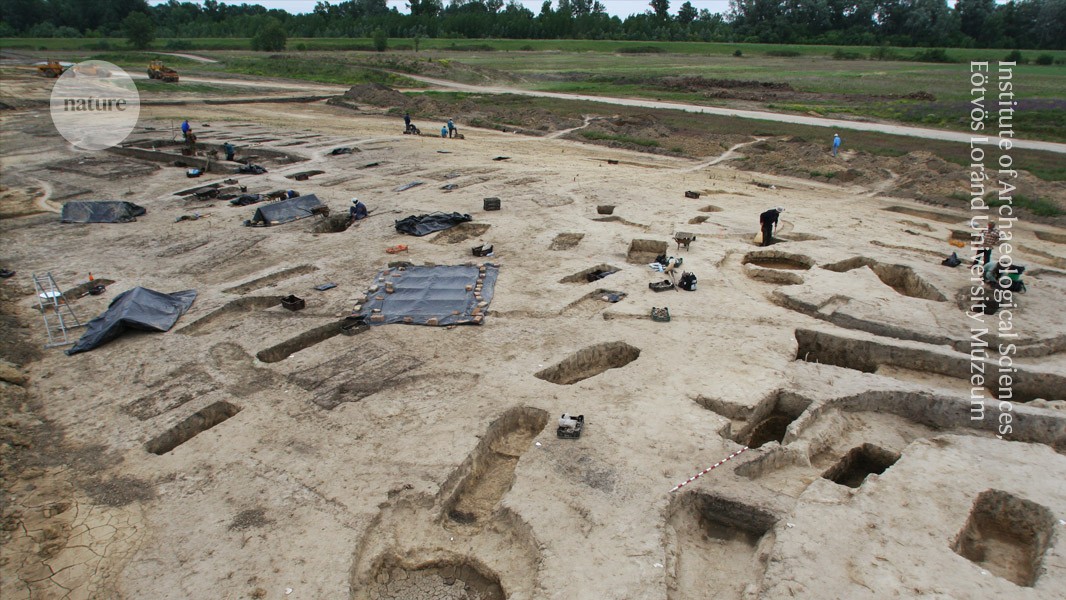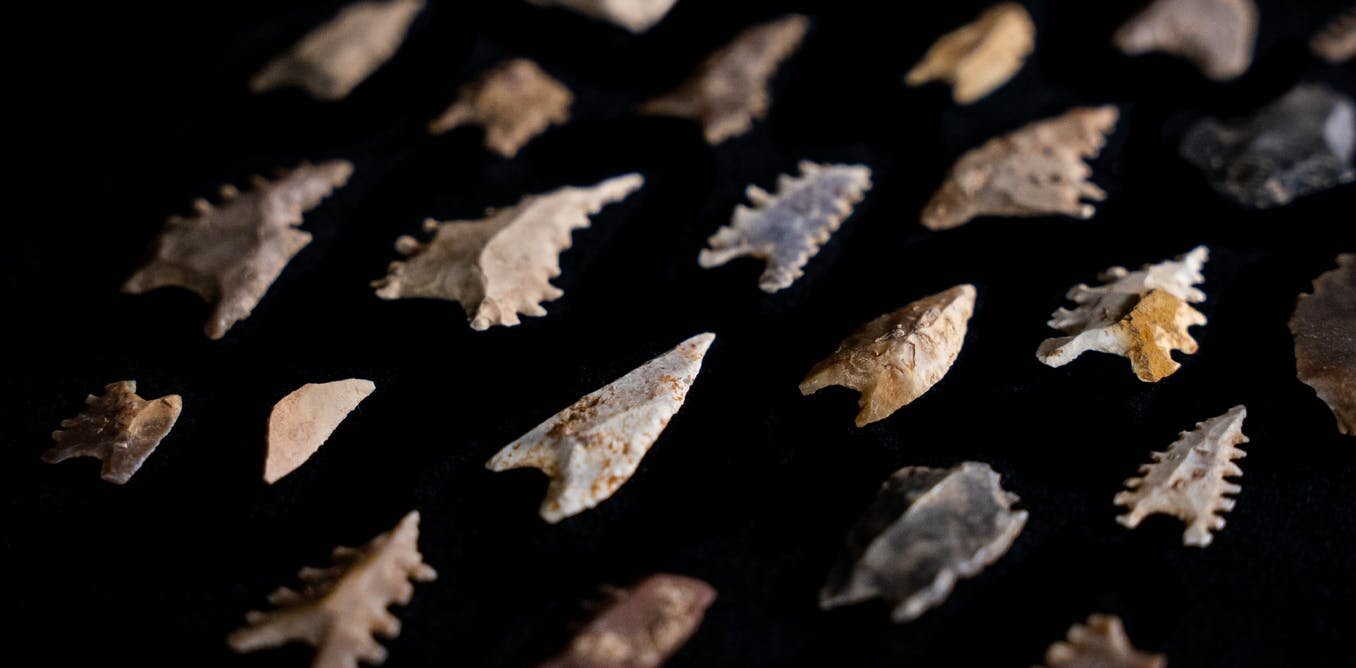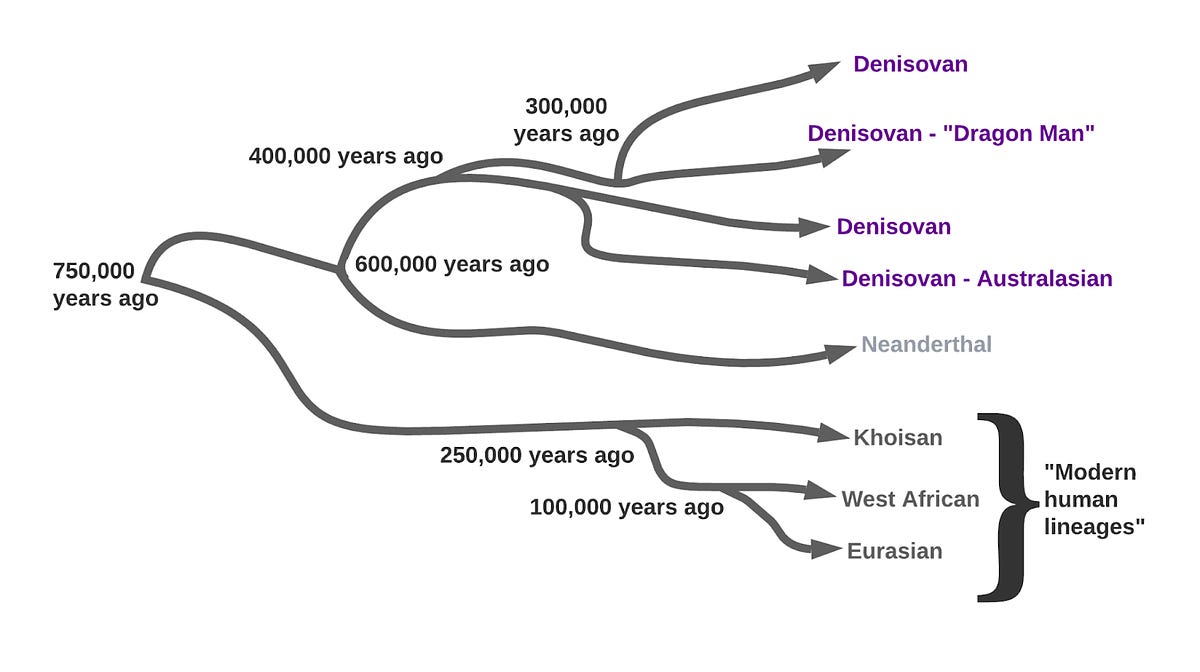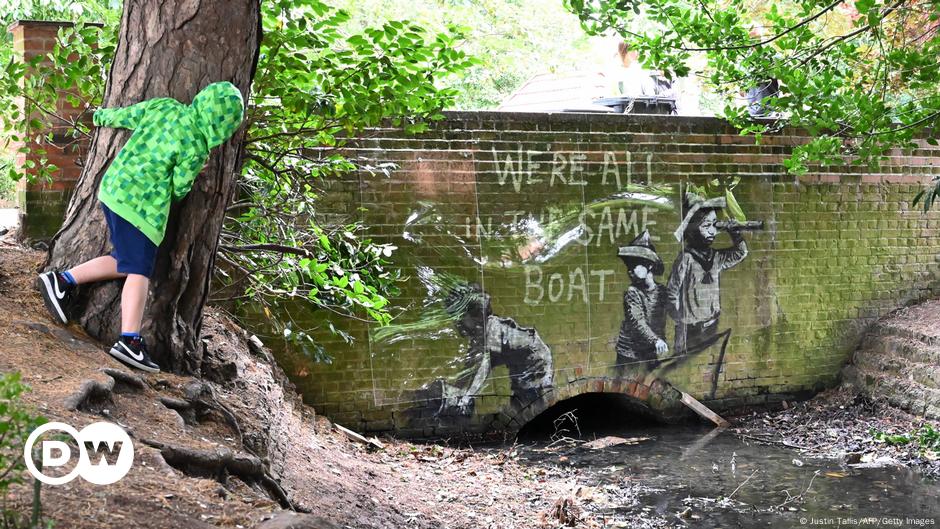
DNA from ancient graves reveals the culture of a mysterious nomadic people
You can also search for this author in PubMed Google Scholar
Scientists sampled genomic data from 279 graves at a cemetery in Rákóczifalva, Hungary, where people of the medieval Avar culture were buried. Credit: Institute of Archaeological Sciences, Eötvös Loránd University Múzeum, Budapest, Hungary
Most people know about the Huns, if only because of their infamous warrior-ruler Attila. But the Avars, another nomadic people who subsequently occupied roughly the same region of eastern and central Europe, have remained obscure despite having assembled a sprawling empire that lasted from the late sixth century to the early ninth century. Even archaeologists have struggled to piece together their history and culture, relying on spotty and potentially biased contemporaneous chronicles that, in many cases, were authored by the Avars’ adversaries.
A deep dive into 424 genomes collected from hundreds of Avar graves is filling in crucial gaps in this story, revealing a wealth of insights into the Avars’s social structure and culture1. “These people basically didn’t have a voice in history, and we are kind of looking into them this way — through their bodies,” says Zuzana Hofmanová, an archaeogeneticist at the Max Planck Institute for Evolutionary Anthropology in Leipzig, Germany, and one of the study’s lead authors.



/https://public-media.si-cdn.com/filer/9f/61/9f610676-9962-4627-ae89-bf59fc6cb735/lod_mosaic_lower_register_web.jpg)

















